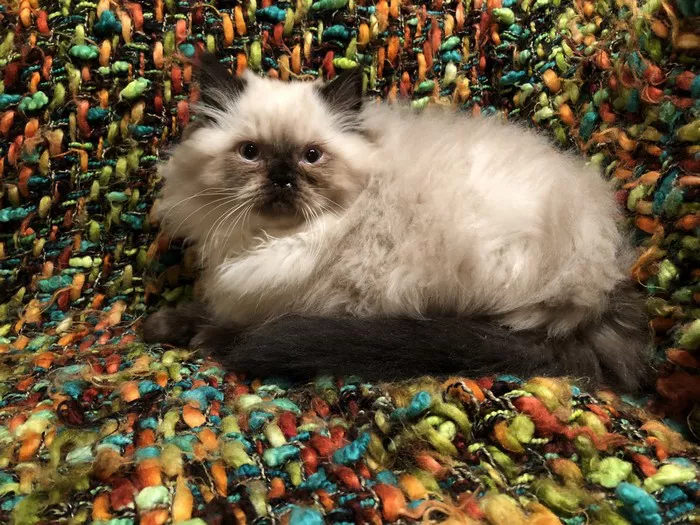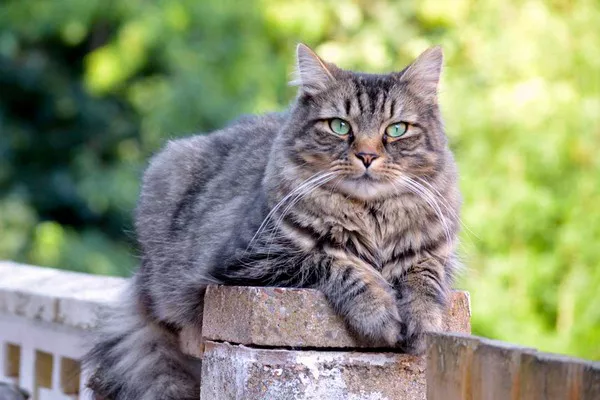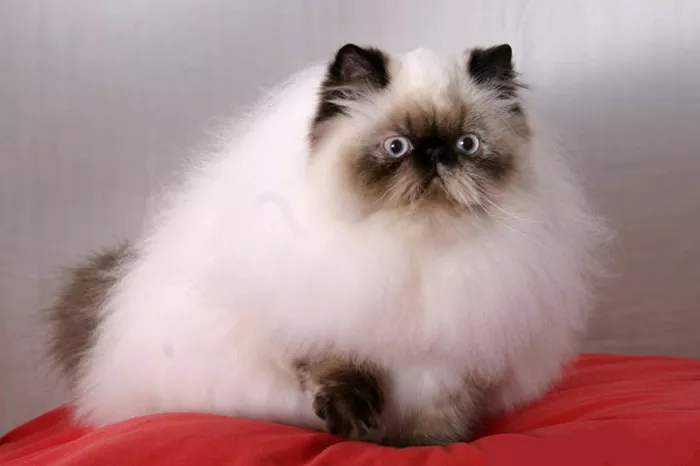The Himalayan cat, often referred to as the “Himmie,” is a popular breed known for its striking appearance and gentle temperament. A cross between the Persian and the Siamese, the Himalayan combines the best traits of both its parent breeds. This article explores the friendly nature of Himalayan cats, providing insights into their behavior, social interactions, and suitability as family pets.
The Origins of the Himalayan Cat
History and Breeding Background:
The Himalayan cat was developed in the 1930s through a series of experimental breedings by Dr. Clyde Keeler and Virginia Cobb. They aimed to produce a cat with the long, luxurious coat of the Persian and the striking point colors and blue eyes of the Siamese. Official recognition of the breed by major cat registries occurred in the mid-20th century, and since then, Himalayans have become beloved pets in many households around the world.
Genetic Contributions from Persian and Siamese Breeds:
From the Persian, Himalayans inherit their long, flowing coat, broad head, and calm demeanor. From the Siamese, they inherit their striking blue eyes, point coloration, and vocal tendencies. This combination results in a breed that is not only beautiful but also rich in personality traits that contribute to their reputation as friendly and affectionate companions.
Behavioral Traits of Himalayan Cats
Personality Overview:
Himalayan cats are known for their sweet and docile nature. They typically exhibit a calm and relaxed demeanor, much like the Persian. However, they can also display the playful and curious traits of the Siamese, making them well-balanced in terms of activity and sociability.
Interaction with Families and Children:
Himalayans are often excellent family pets. Their gentle disposition makes them suitable for homes with children, as they are patient and tolerant. However, like all cats, they should be treated with respect and kindness, particularly by young children who must be taught how to interact with pets properly.
Social Behavior with Other Pets:
Himalayans generally get along well with other household pets, including dogs and other cats. Their laid-back nature allows them to adapt to various household dynamics, although individual temperaments can vary. Proper introductions and socialization are key to fostering harmonious relationships between pets.
Himalayan Cats in Various Living Environments
Adaptability to Indoor Living:
Himalayan cats are predominantly indoor pets. Their long coats require regular grooming to prevent matting and reduce hairballs, which is more manageable in an indoor environment. Additionally, their calm temperament makes them well-suited to apartment living, although they do appreciate spacious environments where they can explore and play.
Need for Environmental Enrichment:
Despite their relaxed nature, Himalayans benefit from environmental enrichment. This includes access to cat trees, scratching posts, and interactive toys that stimulate their physical and mental activity. Regular play sessions can help keep them engaged and prevent boredom.
Health Considerations for Himalayan Cats
Common Health Issues:
As a breed, Himalayans are prone to certain health issues, many of which they inherit from their Persian lineage. These can include respiratory difficulties due to their brachycephalic (flat-faced) facial structure, dental malocclusions, and kidney disease such as polycystic kidney disease (PKD).
Importance of Regular Veterinary Care:
Routine veterinary check-ups are crucial to maintaining the health of a Himalayan cat. Early detection and management of potential health issues can significantly impact their quality of life and longevity. A balanced diet and regular grooming are also critical components of their overall health care.
Grooming and Care Needs
Grooming Requirements:
Himalayan cats require extensive grooming due to their long, dense coats. Daily brushing is recommended to prevent tangles and matting. Additionally, regular eye cleaning is necessary to prevent tear staining, particularly common in brachycephalic breeds.
Nutritional Needs:
A balanced diet tailored to their specific needs is vital for maintaining the health and coat condition of Himalayan cats. High-quality cat food that meets the nutritional standards set by organizations like the Association of American Feed Control Officials (AAFCO) is advisable.
Socialization and Training
Early Socialization:
Early socialization is beneficial for Himalayan kittens. Exposure to various people, pets, and environments can help them develop into well-adjusted adults. This breed is typically responsive to socialization due to its inherently friendly nature.
Training and Intelligence:
Himalayans are intelligent cats that can be trained in basic obedience and even to perform tricks, particularly if training is started early and conducted with patience and positive reinforcement. Their Siamese heritage can make them more interactive and eager to please than some other cat breeds.
Conclusion: Are Himalayan Cats Friendly?
In conclusion, Himalayan cats are indeed friendly and make excellent companions. Their blend of Persian and Siamese traits results in a cat that is both beautiful and affectionate. Suitable for families and individuals alike, Himalayans thrive in environments where they can receive plenty of attention and care. Regular grooming, proper nutrition, and consistent veterinary care are essential to ensure they lead healthy, happy lives. By understanding and catering to their specific needs, owners can enjoy the rewarding experience of having a Himalayan cat as a loving pet.

























